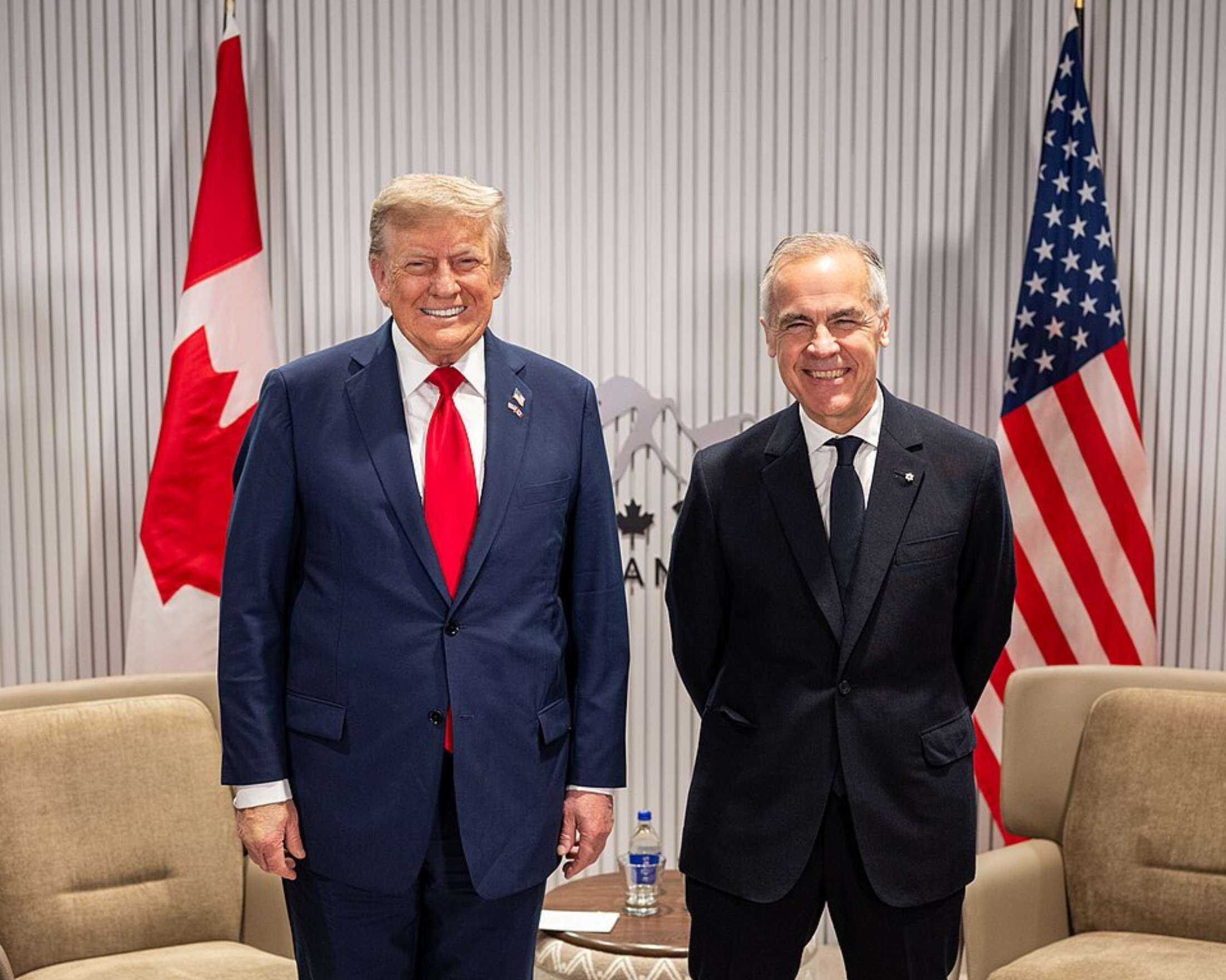

Leaders of the G7 opened this year’s summit under mounting pressure on Monday, facing intensifying Israel-Iran conflict and divisions on key issues. The Israel and Iran situation dominated early discussions, with US President Donald Trump urging Tehran to scale back its nuclear activity before the situation worsens.
Trump warned that Iran had already missed a 60-day window to engage in talks before Israel launched an airstrike four days earlier. “They have to make a deal,” Trump said, adding that Iranian officials had shown interest in negotiations but failed to act in time.
Canadian Prime Minister Mark Carney, hosting the summit at a secluded Rocky Mountain retreat, described the moment as critical. “We’re gathering at one of those turning points in history,” Carney said. “The world’s more divided and dangerous.”
Shortly after arriving on Sunday evening, British Prime Minister Keir Starmer joined French President Emmanuel Macron, Italian Premier Giorgia Meloni, and German Chancellor Friedrich Merz for an informal meeting.
UPDATED report for @CBSStations on start of G7 where the conflict between Iran and Israel weighs heavily over world leaders. Latest reporting on the U.S. response and efforts to deescalate here: pic.twitter.com/VGS6jLRB32
— Natalie Brand (@NatalieABrand) June 16, 2025
According to Starmer’s office, the one-hour discussion focused on the rapidly deteriorating situation in the Middle East. Merz later told reporters that Germany would draft a statement underscoring that Iran must not be allowed to obtain materials capable of producing nuclear weapons.
Asked about the possibility of U.S. military involvement, Trump declined to offer details. “I don’t want to talk about that,” he said. “And they should talk and they should talk immediately before it’s too late.”
Before a bilateral meeting with Carney, Trump claimed that expelling Russia from the group in 2014 was a mistake. He argued the move contributed to global instability and floated the idea of expanding the group to include China.
Summit in the Shadow of War: G7 Faces Global Flashpoints | NewsX World
As the world teeters between war and economic rupture, G7 leaders land in Canada to tackle a summit dominated by Israeli airstrikes, Iranian retaliation, and Trump’s tariff threats.#g7 #g7summit #canada… pic.twitter.com/QwjdNYDtVi
— NewsX World (@NewsX) June 16, 2025
Trade tensions also loomed large over the summit. Trump, who has imposed sweeping tariffs on steel, aluminum, and automobiles – hitting Japan especially hard – said trade would remain his primary focus. “Our primary focus will be trade,” he told Carney.
NEW: President Trump signals new trade deals could be announced at G7 Summit in Canada.
“We have our trade deals. All we have to do is send the letters: ‘This is what you’re gonna have to pay.'”
“I think we’ll have a few new trade deals, yeah.” pic.twitter.com/uLNWW4MKan
— Resist the Mainstream (@ResisttheMS) June 16, 2025
The United Kingdom has recently reached a framework with the U.S. that includes import quotas, although a 10% baseline tariff remains in place. Canada and Mexico face tariffs of up to 25%, introduced under Trump’s stated aim of curbing fentanyl smuggling. Some protections remain in place under the 2020 U.S.-Mexico-Canada Agreement.
Trump’s stance on trade marks a broader shift in U.S. engagement with global allies. The White House has not outlined clear goals for the G7 summit despite the Israel-Iran conflict and has expressed little interest in a joint communique.
A similar outcome occurred in 2018, when Trump rejected a unified statement after that year’s G7, also held in Canada.
